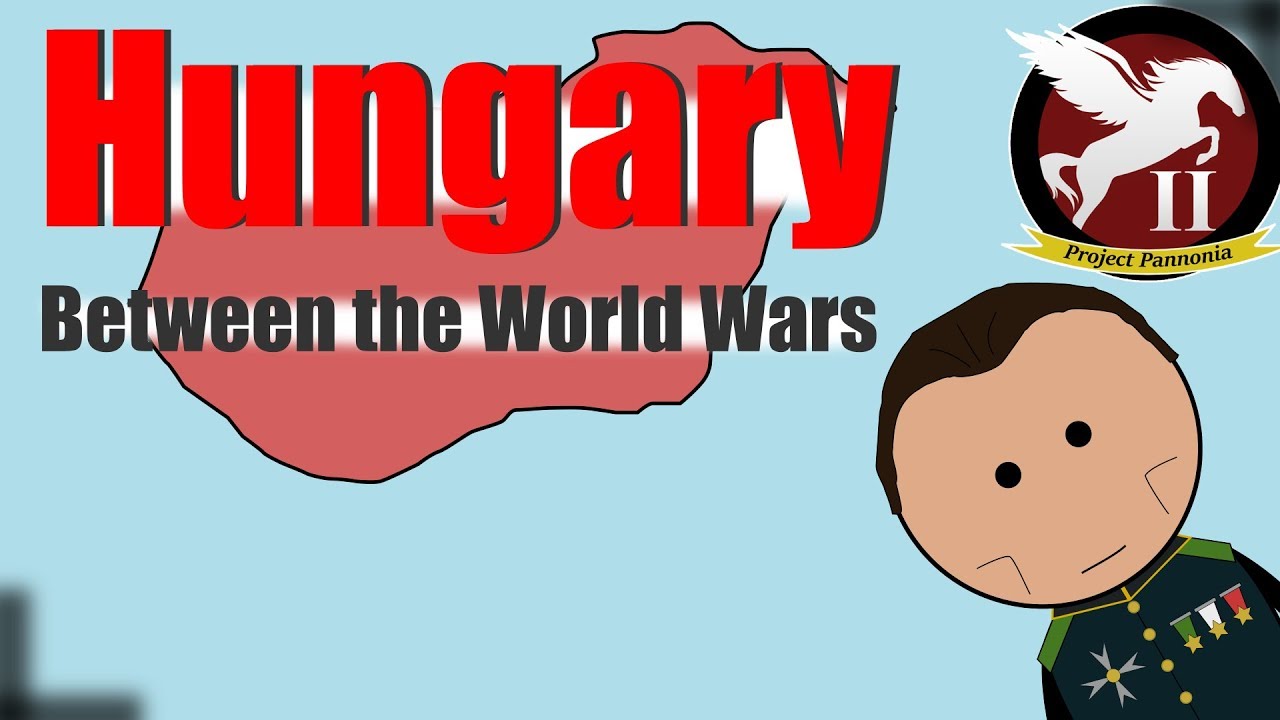On October 31, 1918, eleven days before the armistice, Count Michael Karolyi (1895-1955) became prime minister of Hungary, after that country had severed its ties with Austria. One of the richest of the great landed nobles, Karolyi was also a democrat.
He proved his sincerity as a social reformer by handing over the fifty thousand acres of his own estate to be divided among the peasants and by preparing a land-reform law. He made every effort to reach a compromise with the national minorities, but they were past the point where they would trust any Magyar. The French commander of the Allied armies demanded that the Hungarians withdraw from Slovakia. In March 1919 Karolyi resigned in protest over the loss of Transylvania.
Thwarted nationalism now combined with a growing radicalism. A left-wing government took over, dominated by Bela Kun, Lenin’s agent. He put through revolutionary nationalization decrees and installed a soviet political system. The Allies could not tolerate a Bolshevik in Hungary. The Romanians invaded and drove Kun out; during 1919 and part of 1920 they occupied the country and stripped it of everything they could move. Meanwhile, under French protection, a counterrevolutionary government returned to Budapest, where Admiral Nicholas Horthy (1868-1957), a member of the gentry, became regent and chief of state in March 1920.
The Treaty of Trianon (June 1920) confirmed Hungary’s losses: a small strip of land to Austria, Transylvania to Romania, Slovakia to Czechoslovakia, and Croatia and other Serb and Croat territories to Yugoslavia. Thereafter, the most important political issue for the ruling groups in Hungary was revisionism, the effort to revise the treaty and get these lands back.
Most Hungarians, however, cared relatively little about revisionism. Hungary had no land reform; the great estates remained intact; nobles and gentry remained dominant. Behind a screen of parliamentary government, an authoritarian dictatorship governed the country. It was helped by a swollen bureaucracy, and it became more and more fascist in character as the years went by. In 1927 a treaty with Italy began a close association between Hungary and Mussolini.
While the Italians supplied arms to the Hungarians, Hitler favored Hungarian revisionism along with his own. After Austria had fallen to Hitler, he had Hungary in his pocket, and when he broke up Czechoslovakia in March 1939, the Hungarians seized the extreme eastern portion, Ruthenia, and a small part of Slovakia.
To pursue revisionism, the Hungarians had to follow Hitler, since he alone offered the opportunity to redraw the map as they felt it should be drawn; so before war broke out, they had withdrawn from the League of Nations and had enacted anti-Semitic laws in the Nazi pattern. But because Hitler needed Romania, too, he would not give the Magyars all of Transylvania. Thus Hungary remained dependent on German foreign policy.

